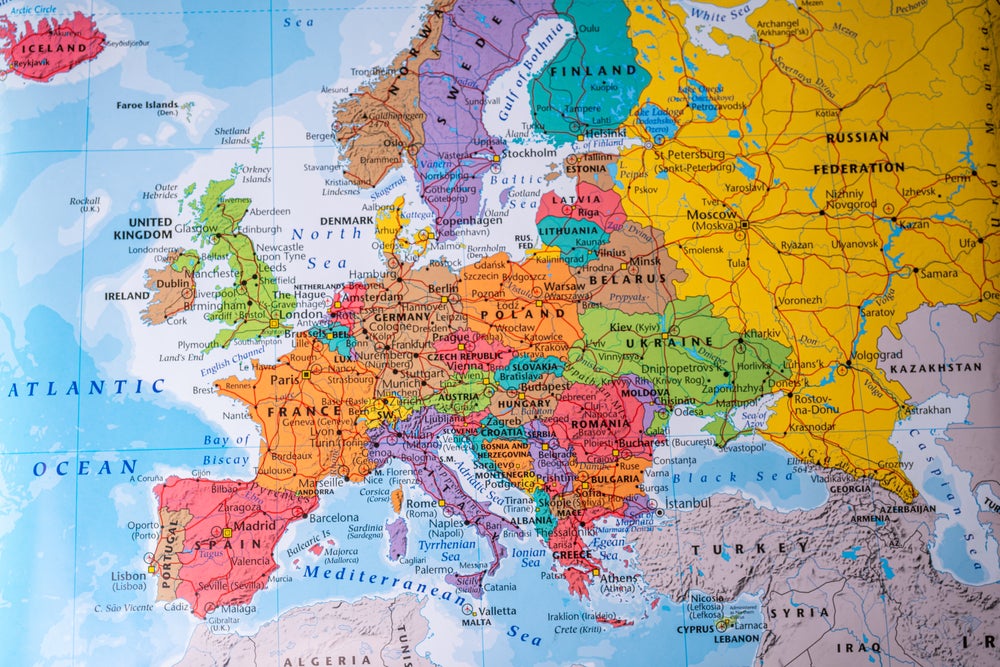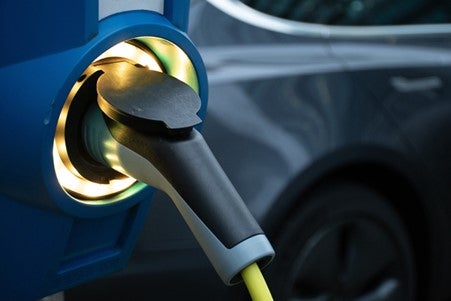
While Britain’s auto industry continues to thrive, in Italy an agonising downward trend is only just beginning to show signs of reversing. Isabella Grotto addresses the enduring differences between two countries at opposing ends of Europe’s motor industry
Few industries have been as important for Italy as the car manufacturing business.
A matter of cultural identity as much as national pride, from the Fiat to the Lamborghini the country’s love affair with the automobile has its roots in the Italian economic miracle, which propelled it from rural underdevelopment to European manufacturing hothouse.
Yet promise turned sour after 2008; the global economic crisis dealt Italy’s auto industry a devastating blow from which it has yet to recover, contributing to car sales in Italy falling 48% since their peak in 2007.
December 2013 saw the first signs of recovery in the Italian auto industry since the last round of government incentives in 2010. After 42 consecutive months of negative growth, a 1.4% increase was heralded, albeit cautiously, as a long-awaited sign of hope.
In the UK, the confidence which ensured the auto market ended 2013 on a high shows no sign of faltering, and, with 154,562 new cars registered, January welcomed growth rates of 7.6%.
How well do you really know your competitors?
Access the most comprehensive Company Profiles on the market, powered by GlobalData. Save hours of research. Gain competitive edge.

Thank you!
Your download email will arrive shortly
Not ready to buy yet? Download a free sample
We are confident about the unique quality of our Company Profiles. However, we want you to make the most beneficial decision for your business, so we offer a free sample that you can download by submitting the below form
By GlobalDataA 2012 report compiled by consultancy KPMG attributed Britain’s resilience to eurozone weakness to a combination of robust global markets and a diverse mix of models, and claimed this resilience was key to attracting investment from outside the UK.
According to the Society of Motor Manufacturers and Traders (SMMT), automotive manufacturing accounts for two-thirds of the UK’s turnover for the manufacturing sector, and automotive annual totals around £60bn.
Employing over 700,000 people and accounting for 10% of the country’s overall exports, the annual net value-added to the economy by automotive manufacturing is estimated at £12bn.
And with growth in 2014 expected to become more moderate, but remain sustainable, the car business in the UK is looking to the year ahead with confidence.
Meanwhile in Italy, despite the first signs of growth, confidence remains slow to take hold.
That said, the latest data on the Italian finance market should prove encouraging.
According to data from Assofin, the Italian association for consumer credit and real estate, the overall value of the 746,030 consumer loans extended for the purchase of motor vehicles and motorcycles in 2013 totalled 8.29bn (£6.94m), and made up 18.2% of the value of total lending to consumers.
Financing for new cars was by far the most significant component, worth 5.79 bn overall, 12.7% of credit operations in the country.
Assofin’s data also shows the percentage of cars acquired through finance has grown, from 51% in 2009 to 53% in 2013, despite a fall in the number of non-finalised credit transactions.
According to the Ministry of Transport in Italy, new car registrations in January 2014 totalled 117,802, up 3.24% compared to 114,102 a year ago, findings which seem to confirm the first positive signs registered at the end of last year.
Despite growing optimism among car dealers, however, January growth figures could constitute little more than a so-called ‘technical rebound’, according to auto industry research body the Centro Studi Promotor.
The turnaround could be due to the fact that the level of deliveries has hit its bottom limit, making a reversal in the trend inevitable as long-delayed demand is realised, a view shared by UNRAE, the national body representing foreign car-makers in Italy.
Centro Studi Promotor also pointed out that, in absolute terms, sales numbers are stuck at 1970s levels, despite cautious optimism that the figures might indeed signal a reversal in the recent negative trend.
Overall, observers are hoping that the demand for substitutions, forcibly delayed over the last months and years, is now finally spilling into the market.
Consumer research conducted by the Osservatorio Findomestic, a market research body under BNP Paribas Personal Finance’s Italian arm, Findomestic Bank, confirmed the positive trend, but cautioned that the values were far from satisfactory.
It found that 8.4% of Italian consumers appear ready to buy a new car (up from 8.1% the previous month), while 6.5% would be willing to purchase a used one (up from 5.8% in December).
The increase in demand for pre-owned vehicles has been interpreted as a mixed signal.
Although the market is beginning to grow again, the number of consumers willing to save money by purchasing a second-hand vehicle is growing faster than the number of those willing to buy new ones.
According to ANIASA, this trend is further reflected in the fact that the prices consumers are willing to pay for used vehicles are also declining.
Confidence may be boosted, however, by the data released by the Italian Ministry for Transport for February which shows growth increasing 8.6%, with new car deliveries totalling 118,328 units.
24 months in a row Meanwhile, in the UK the confidence which characterised the 2013 auto market shows no sign of failing.
Data published by the SMMT for February 2014 shows new car registrations in the UK have risen 3% to 68,736 units.
February marks the UK car market’s 24th consecutive month of positive growth, with an increase of 17.4% being registered over the period.
Mike Hawes, SMMT chief executive, describes the continued growth as "a real endorsement of consumer confidence and the attractiveness of the new car market."
The number of new cars purchased by consumers on finance through dealerships grew by 20% in the 12 months to December 2013, with the value of advances totalling over £12bn.
The used market also grew in 2013, with the value of advances towards acquiring a used car totalling £8.77bn, a 20% increase on the previous year’s figures.
The growth trend is believed to be linked to increasing consumer confidence, signalled by growing numbers of car registrations as well as by rising GDP.
The results have sparked optimism among automotive retailers, who are looking forward to March results as expectations rise for strong performance at the next number-plate change.
"While February is typically a quieter month ahead of the March registration plate change, we expect the arrival of the new 14-plate and increasing economic confidence to maintain a steady rate of growth," adds Hawes.
Hopes and fears
For both economies, 2014 will prove a determining year and is likely to set the course of things to come, albeit in very different ways.
Growth in the UK is set to slow but remain positive. Speaking in December, John Leech, head of automotive at KPMG, said the industry was "going in the right direction.
"2013 has been fantastic for the automotive industry, the latest UK car manufacturing figures highlighted that 1,286,287 cars were produced in the first 11 months, a rise of 5.4% with sales also up by 9.9%.
Conversely, in Italy the industry appears to be waiting with bated breath to see whether positive growth figures will endure long enough to spell recovery.






